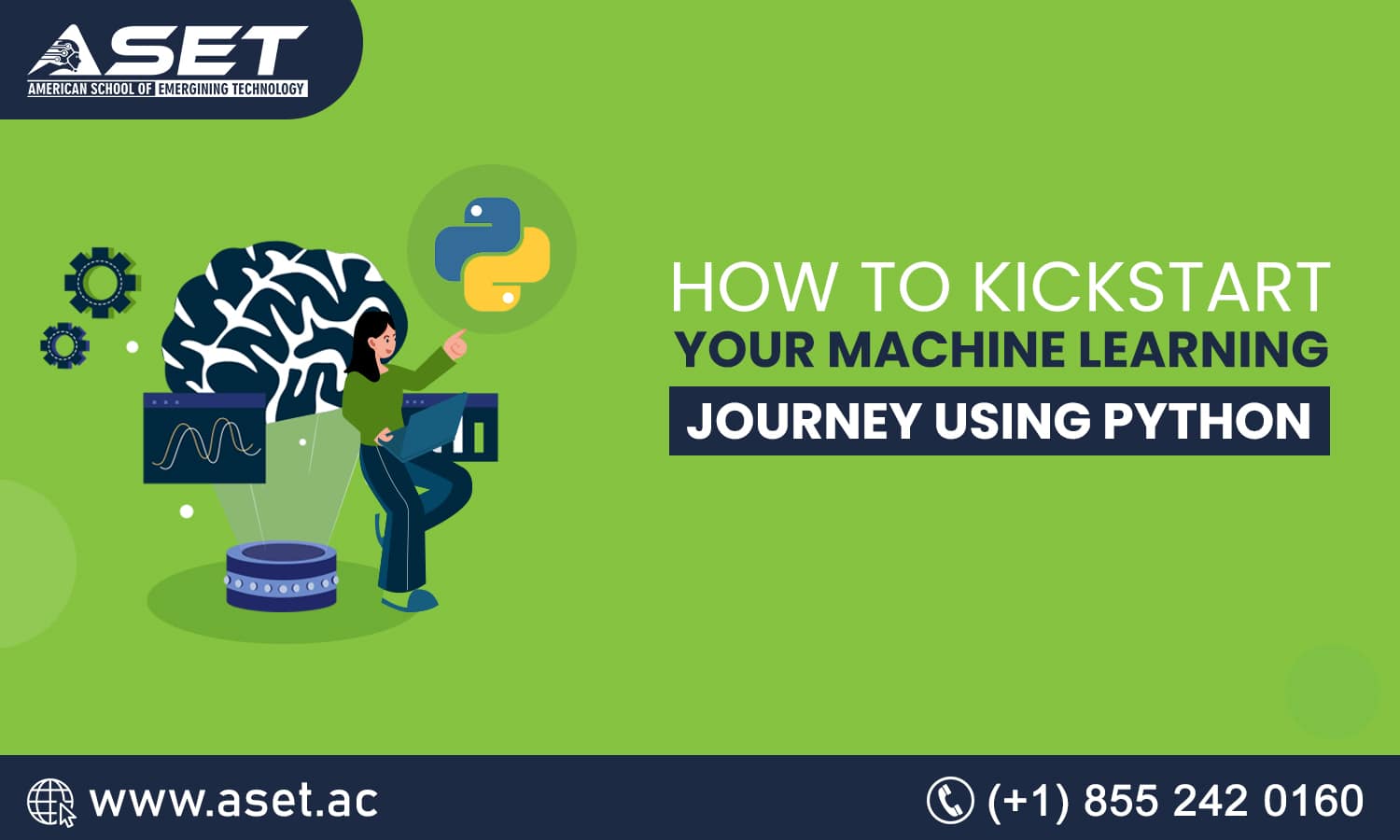Fundamentals of Machine Learning with Python
Let’s understand how machine learning works before getting into Machine Learning with Python. Within artificial intelligence, the topic of machine learning (ML) is pretty exciting and centers around creating algorithms that let computers learn from data without requiring much programming. There is minimal hard coding as we enable machines to understand patterns and learn to process tasks, effectively making them automatic.
Types of Machine Learning
Supervised Learning: Training a model using a defined dataset, or one where the result or outcome is known, is known as supervised learning (e.g., predicting house values).
Unsupervised Learning: To find patterns like categorizing customers based on purchase behavior, the model uses an unlabeled dataset.
Reinforcement Learning: This approach uses incentives or penalties to teach the model via trial and error. Imagine training an artificial intelligence to play a game.
Data: The Heart of Machine Learning
The quality and quantity of your data can make or break your ML model. A better prediction model can be created with a clean and comprehensive dataset.
Key Components of Machine Learning with Python
Algorithms: These structured processes form the foundation of machine learning. They detail the data-driven training of the model. Choosing the optimal algorithm is crucial since it influences the performance of your model.
Training Set: The portion of data used to fit the model.
Validation Set: Used to tune model parameters and make decisions about which model to select.
Testing Set: The final dataset to evaluate how well your model performs.
Machine Learning with Python Frameworks
Overview of Popular Libraries:
- Scikit-learn: A library for beginners, providing tools for data mining and analysis.
- TensorFlow: Created by Google, it is well-suited for neural networks and large-scale machine learning processes.
- PyTorch: Widely used in the industry, known for its ease of use.
Data Preprocessing and Exploration
Understanding Your Data: Data involves observations number counts and is categorised as continuous or discontinuous. Nominal or ordinal categorical data refers to data consisting of labels or groups—data that can be ordered but not numerically. To clarify the data distributions, use statistical concepts such as mean, median, mode, standard deviation, etc. Data analysis and change help discover regular trends of overabundances and prepare one for examining the speculations and making firm choices.
Data Cleaning Techniques: Control outliers, eliminate duplicates, and use imputation for missing variables. Standardize or normalize numerical data to ensure comparable scales and improve model performance.
Data Visualization Techniques: Identify patterns, trends, and outliers using visualization. Examples include scatter graphs, bar charts, line charts, and histograms. Select the appropriate type of visualization to engage your audience and effectively communicate your message.
Steps from Data Collection to Model Deployment
- Collect and clean your data.
- Perform exploratory data analysis.
- Choose and train your model.
- Evaluate performance and refine the model.
- Deploy your model for use.
Conclusion
It can be very hard to learn at first, but by breaking it down into pieces, it’s much more understandable and more manageable than some might think. However, after you have learnt the fundamentals, you can build your own model. Machine Learning with Python courses are developed by the American School of Emerging Technology (ASET) to help you get started with practical experience and certification.







